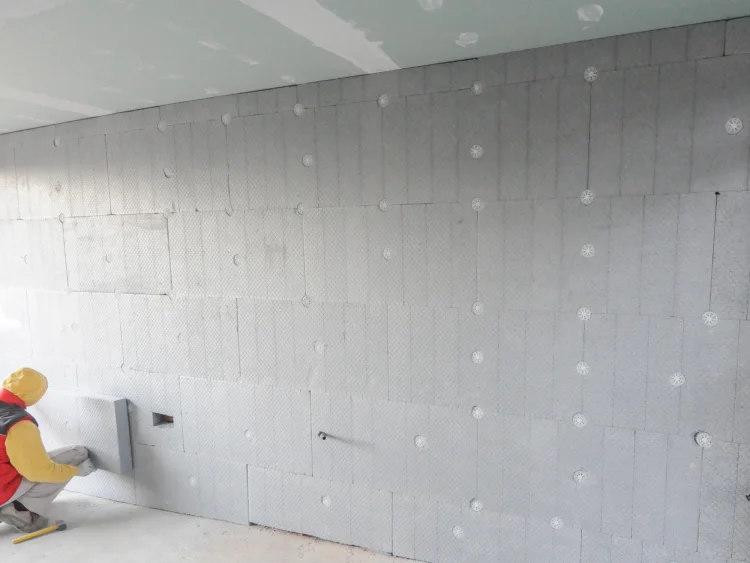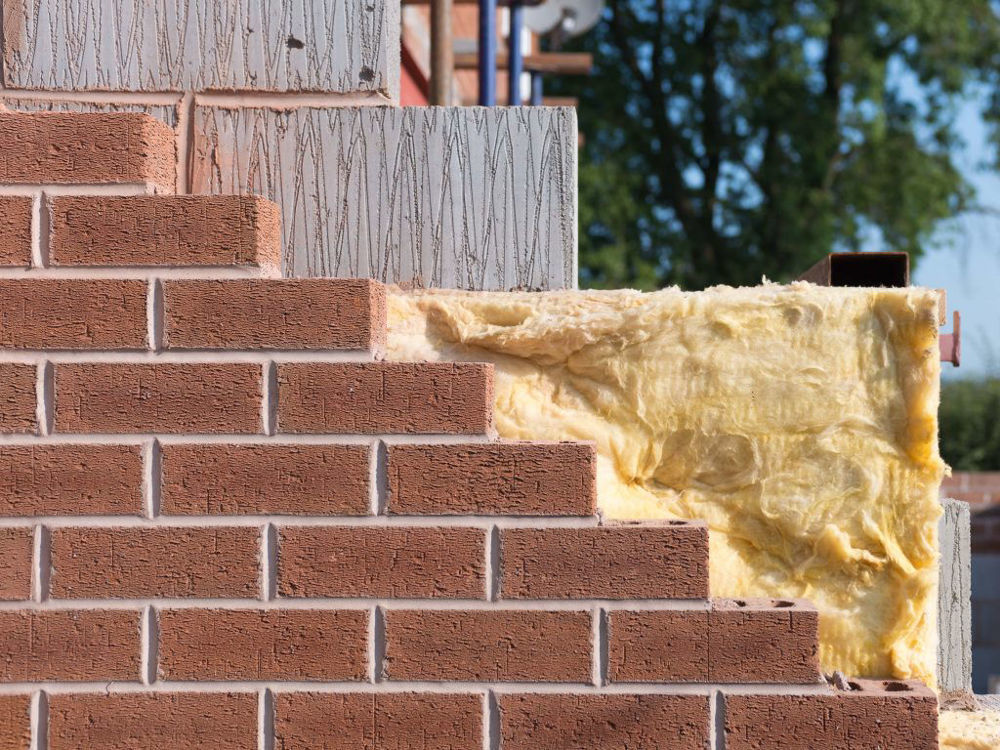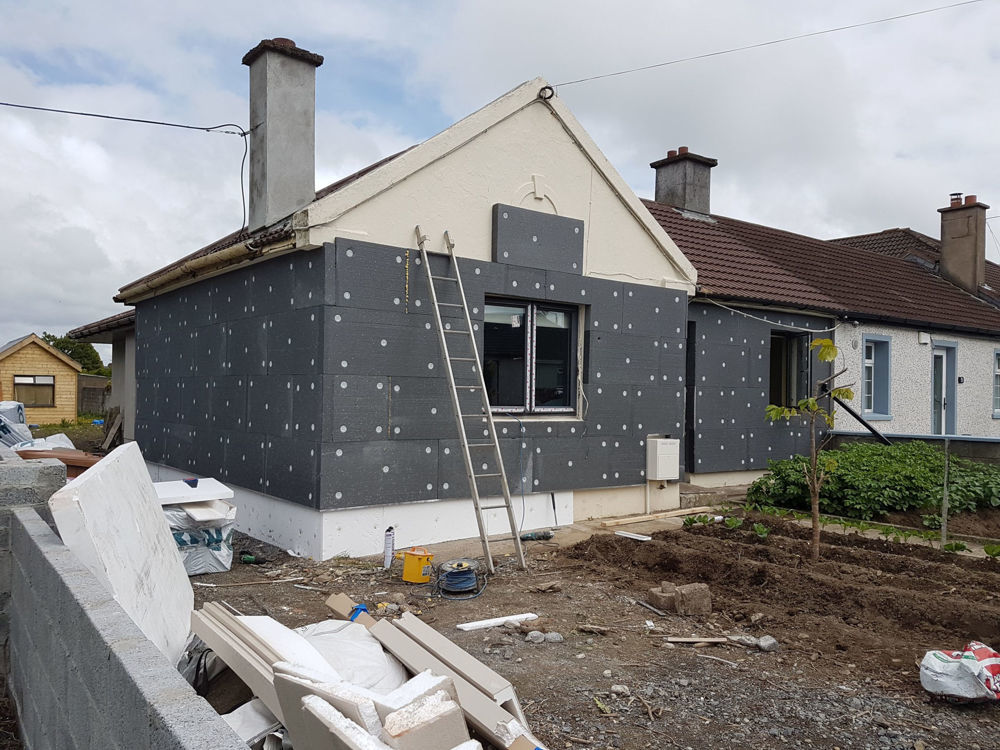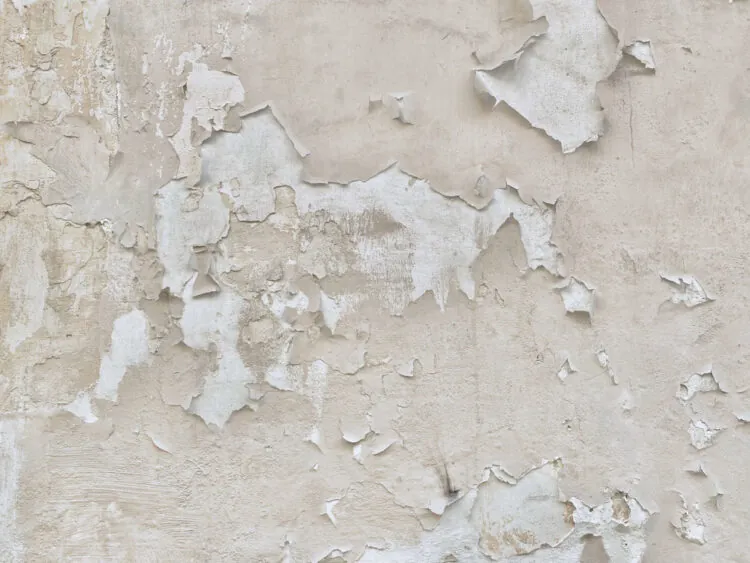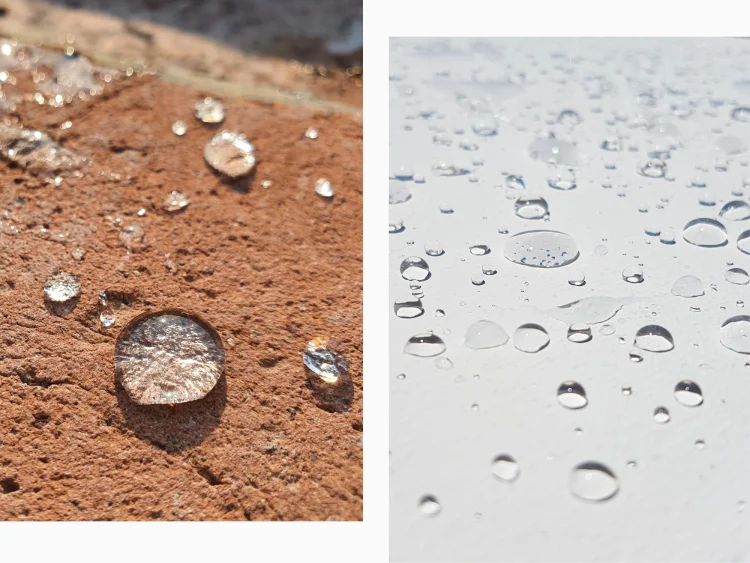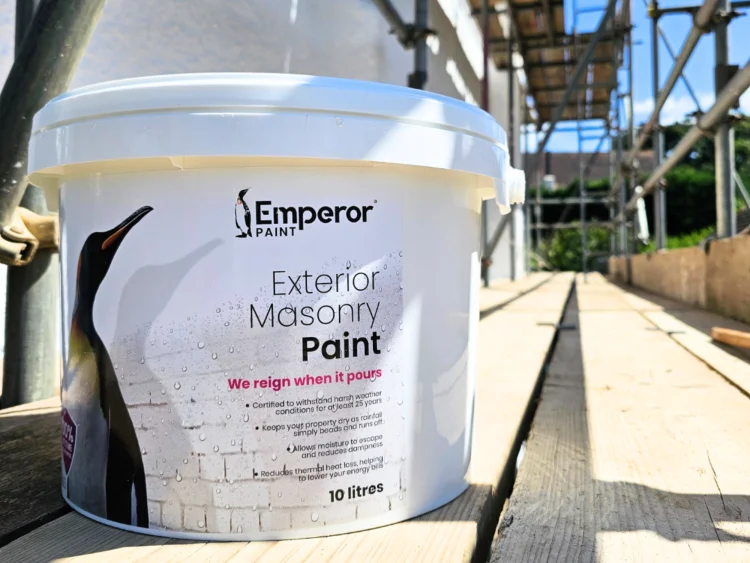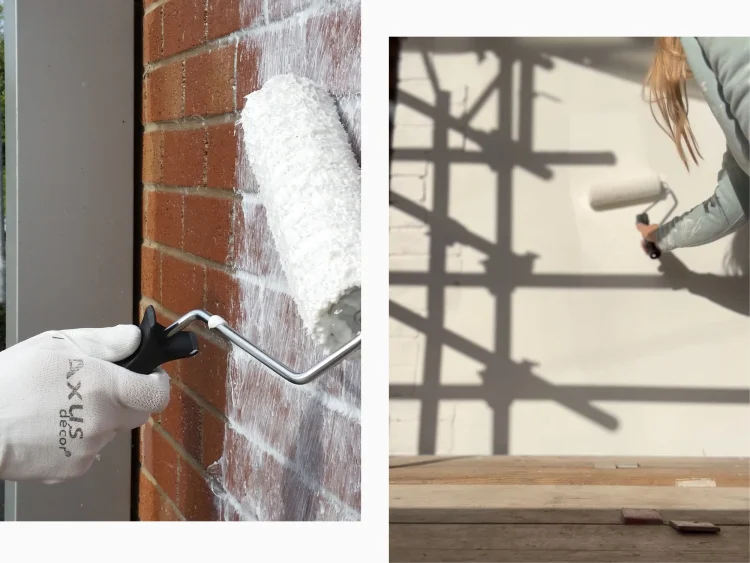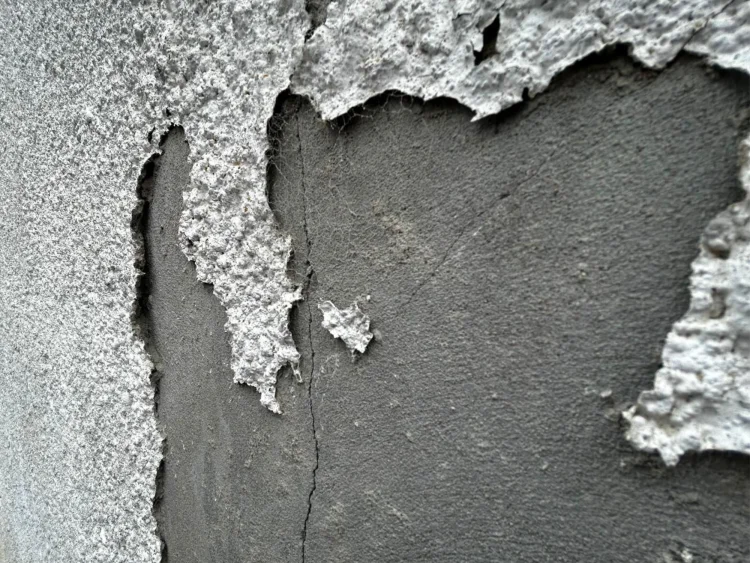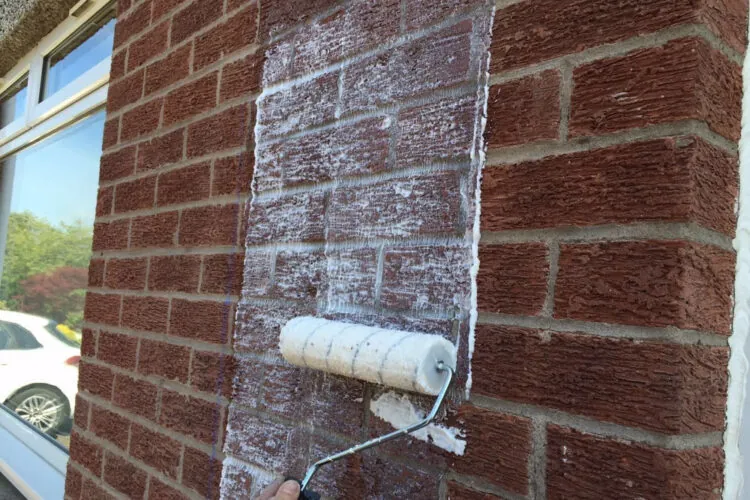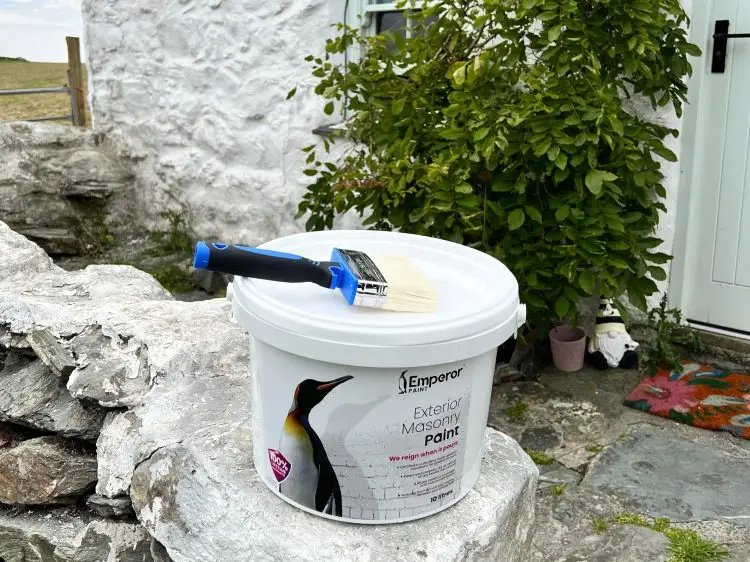How to Insulate Your House From the Outside

With higher energy costs many homeowners are looking to insulate their homes to keep heat in and reduce bills.
External wall insulation has become one of the most talked about options, but it isn’t the only one.
In this guide, we’ll cover:
- How your home stays warm
- The benefits and disadvantages of each type
- Ways to insulate your home from the outside
How Homes Lose Heat
Before deciding how to insulate your home, it helps to understand how heat is lost.
Heat always moves from warm areas to cold ones, which means particularly in winter, warmth inside the home escapes through the wall, roof, windows and floors.
Of all of these areas, external walls make up the largest surface area of most houses, so they play a major role in overall heat loss. According to research by the Energy Saving Trust, around 35% of all heat loss in uninsulated homes escapes through the walls.
The main sources of heat loss are:
- Walls – around 35%
- Roof – around 25%
- Windows – around 20%
- Floors and draughts – around 20%
Older homes with solid walls typically lose heat faster than more modern cavity wall homes, as they don’t have a cavity to slow the transfer of heat. Cavity walls can still lose heat, particularly if they have cavity wall insulation that is wet or damaged.
Moisture is the single biggest factor that reduces insulation performance. A wall that’s even slightly damp loses heat much faster, making your home less energy efficient and driving up your bills.
Over time, this also creates other problems like condensation, mould and damage to the wall itself.
Types of Wall Insulation
To prevent heat escaping, there are a number of different types of insulation, each working in a different way depending on the needs of your home.
INTERNAL WALL INSULATION
Internal wall insulation involves applying insulating boards to the inside of external walls.
The benefit of this is that this can be applied to cavity wall and solid wall properties, as there does not need to be a cavity to apply the boards.
While an option for all properties, adding thick insulation to interior walls can reduce the floor space of a property, can be invasive and if there are any problems caused by penetrating damp through the external wall of the property, this insulation can become easily saturated with moisture.
CAVITY WALL INSULATION
Homes built after the 1920’s typically feature a cavity wall.
Cavity walls are made of two layers of wall with a gap between them. These were designed to prevent the transfer of moisture from the external of a building into the internal wall by leaving a gap between the two walls.
This is because exterior walls, whether they are stone, concrete, brick or render will absorb moisture, which in the case of a solid wall construction can then be absorbed into the property, causing damp and mould problems.
Cavity wall insulation is the process of injecting a foam into this cavity to help create an added level of insulation to the property to prevent heat loss.
It has been widely linked with problems associated with damp. On properly fitted cavity wall insulation at the time of construction, the cavity has a small gap to allow rainwater to run down the wall instead of soaking the insulation. When retrofitted in properties with a cavity wall however, cavity wall insulation can be a real problem, as detailed by Building Research Establishment (BRE), a world leading, scientific research centre published their BRE Good Building Guide (44, Part 2).
“There can be an increased risk of rain penetration if a cavity is fully filled with insulation, i.e. moisture is able to transfer from the outer to the inner leaves resulting in areas of dampness on internal finishes. Rainwater, under certain driving rain conditions, can penetrate the outer leaf of masonry leading to wetting of the cavity insulation, a reduced thermal performance and damage to internal finishes.”
Due to this, cavity wall insulation removal is commonly advised as a way to prevent moisture bridging on affected cavity walls.
Learn more: Cavity wall insulation removal
EXTERNAL WALL INSULATION
External wall insulation (EWI) adds insulation to the outside of the property, finished with render or cladding.
This creates a continuous thermal layer that reduces heat loss through the walls by slowing the ability for heat to escape.
EWI is most common for older, solid wall homes that have no cavity as cavity wall insulation isn’t possible.
Before committing, it’s important to weigh up the practicalities. EWI offers strong long-term results and can add a modern, uniform finish that completely transforms the outside of your home while improving its efficiency. It can also increase your home’s EPC rating, which can raise the property value, making it an investment in the future of your home.
On the flip side, EWI is a major project that requires skilled installation and a significant budget. According to Checkatrade external wall insulation on a detached property can cost as much as £20,000.
The key is that EWI still needs protection from moisture. Over time, cracks in the render, gaps around windows or other damage can allow rain to enter. If the insulation becomes saturated, its performance drops and movement can cause further damage.
Keeping Insulation Dry
Insulation is a great way to improve the performance of your home, but it is designed to perform when dry. The reality is, in the UK our homes are subject to wet weather almost all-year round.
WHY IT MATTERS
Damp content of just 5% can lower the insulating properties of a material by 50%. With 35% of the heat in our homes being lost through the external walls, by keeping the walls dry you help to improve the thermal efficiency of a property.
With the UK facing heavier, more extreme rainfall, insulation systems are being pushed harder than ever. Cracked render, blocked gutters or porous exterior walls all allow rainwater to enter the exterior wall of your home, reducing thermal performance and accelerating damage.
The goal when keeping insulation dry is to reduce the moisture that can be absorbed while not impacting the breathability of the wall.
HOW TO KEEP WALLS DRY
There are a number of products that are designed to be applied to exterior walls to protect them. These are traditionally masonry paints and masonry sealers, which aim to block water from absorbing into exterior walls.
While they do slow the amount of rain that enters the wall to some degree, they do not prevent this completely. The problem is many prevent the ability for the wall to naturally breathe, trapping moisture inside.
The result is a surface that slowly becomes saturated with moisture, reducing insulation performance and increasing the risk of damp.
The ability to keep water out while maintaining breathability sounds impossible, but cutting-edge nano-technology has made this a reality.
Emperor Masonry Paint and Emperor Masonry Creme use this to create a super hydrophobic surface which causes water to be completely repelled, forming beads that simply roll away.
This lines the pores of exterior walls without sealing these pores.
- Rainwater as a liquid is too large to pass through.
- Water vapour as a gas can freely pass through and escape.
This keeps the wall dry, breathable and thermally efficient, protecting insulation and the wall itself.
In independent testing, Emperor Masonry Paint and Emperor Masonry Creme were found to keep a masonry wall up to 6°C warmer on average compared to an untreated wall.
This meant they passed the EAD 040083-00-0404 (External thermal insulation composite) Quality Standard, the same quality standard insulation systems are put through to verify their insulating properties.
Which Option Is Right For You?
You may be wondering what option is best for your home. This depends on your home, whether it is already insulated and your budget. Here’s what to consider:
If your home already has insulation:
- Check what type of insulation you have – whether cavity, internal or external insulation.
- If you have cavity wall insulation that could be causing damp problems, preventing further water ingress is crucial.
- Inspect the exterior wall to ensure it’s sound and free from cracks and signs of water ingress.
- Maintain gutters to prevent overflowing water into exterior walls.
- Keep insulation dry, as wet materials can lose their effectiveness.
If your home doesn’t have insulation:
- For solid walls, EWI is an effective long-term solution to improve the performance of your walls, but protecting it from water ingress can help prevent problems.
- Cavity wall insulation suits newer homes with suitable construction, but can cause damp issues if poorly installed.
- Plan any future insulation with breathability in mind.
- If you’re not ready for EWI or other insulation projects, focus on keeping walls dry.
The best results come from looking at your home’s energy efficiency as a big picture, not a single fix. Insulation, water protection and breathability all work together. Whether your home already has insulation or not, focus on how each layer performs to keep walls dry, warm and healthy long-term.
Learn more: The impact of water ingress on your home
| Best For | Benefit | Drawback | Typical Cost | |
|---|---|---|---|---|
| Internal Wall Insulation | Homes where exterior work isn't possible | Maintains the look of the property from the outside | Reduces room space and is invasive | Approximately £12,000 |
| Cavity Wall Insulation | Homes with existing cavity walls | Lower cost and quick to install | Risk of damp if cavities aren't suitable or insulation gets wet | Approximately £2,700 |
| External Wall Insulation | Homes with solid walls or that are hard to insulate | Highly effective and improves the appearance of your home | High upfront cost and major installation work | Approximately £18,000 |
| Emperor Masonry Paint/Emperor Masonry Creme | Any home, with or without insulation | Can be used to protect insulation or improve thermal performance on it's own | Doesn't count towards EPC rating | Approximately £750-£1,250 |
Frequently Asked Questions
What is the lifespan of insulation?
Emperor Masonry Paint and Emperor Masonry Creme due to the way they repel water but maintain high breathability, they have a much longer life expectancy than other masonry paints.
In independent 25 year weathering testing, they were both found to have no change in performance or appearance after 25 years, meaning they will likely far exceed this. For this reason, both products come with a lifetime guarantee.
EWI often comes with a 25 year guarantee and will generally be expected to last a number of decades before it breaks down. The time it takes before it breaks down will depend on its ability to prevent moisture from entering the render, which is what leads to cracks appearing.
Can I apply insulation myself?
EWI is a highly technical system that must be applied correctly in order for it to perform long-term. It is recommended that you seek the help of a reputable insulation company that can implement the EWI to the highest standards.
Emperor Masonry Paint and Emperor Masonry Creme are designed to be DIY-friendly. As long as you adhere to the manufacturer’s instructions and guidelines, you can effectively waterproof the external walls of your property at home yourself.
Alternatively, you could contact a reputable local decorator to carry out the work for you, which is likely to be lower than other insulating measures.
Should I use Emperor Masonry Paint or Emperor Masonry Creme?
The product for you will entirely depend on the look you want to achieve. Emperor Masonry Paint as a paint offers a coloured finish. It can be applied directly to previously painted stone, brick, concrete or render.
Emperor Masonry Creme works differently to a paint as in offers clear protection. It absorbs into the masonry surface in the same way as a moisturiser, meaning after 1-2 hours it will be completely invisible.
This is ideal for any bare, natural masonry such as brick, stone and render that you want to protect but maintain its natural appearance.
As the UK is increasingly subjected to wetter, more extreme weather, ensuring the outside of your home stays dry is one of the most effective ways to future-proof its performance.
If you have more questions, we’re here to help with our in-house team of experts. Chat to them by emailing [email protected] and get tailored advice to your home.
Ready to start? Take our handy quiz to get personalised recommendations and find the right products for your project, or order a sample and kickstart your project.
This article was written by the Emperor Technical Team, a group of experts with an average of over 25 years experience in the building industry. They work daily with homeowners, tradespeople and specification professionals to deliver practical, expert guidance that promotes long-term results, supports wall health and helps create homes that are prepared for the future.



